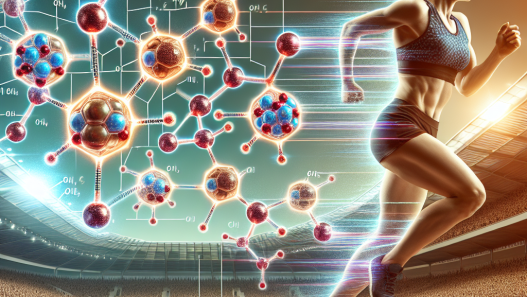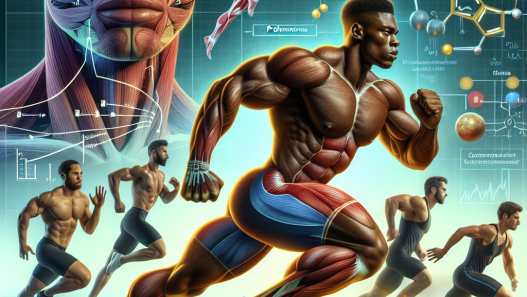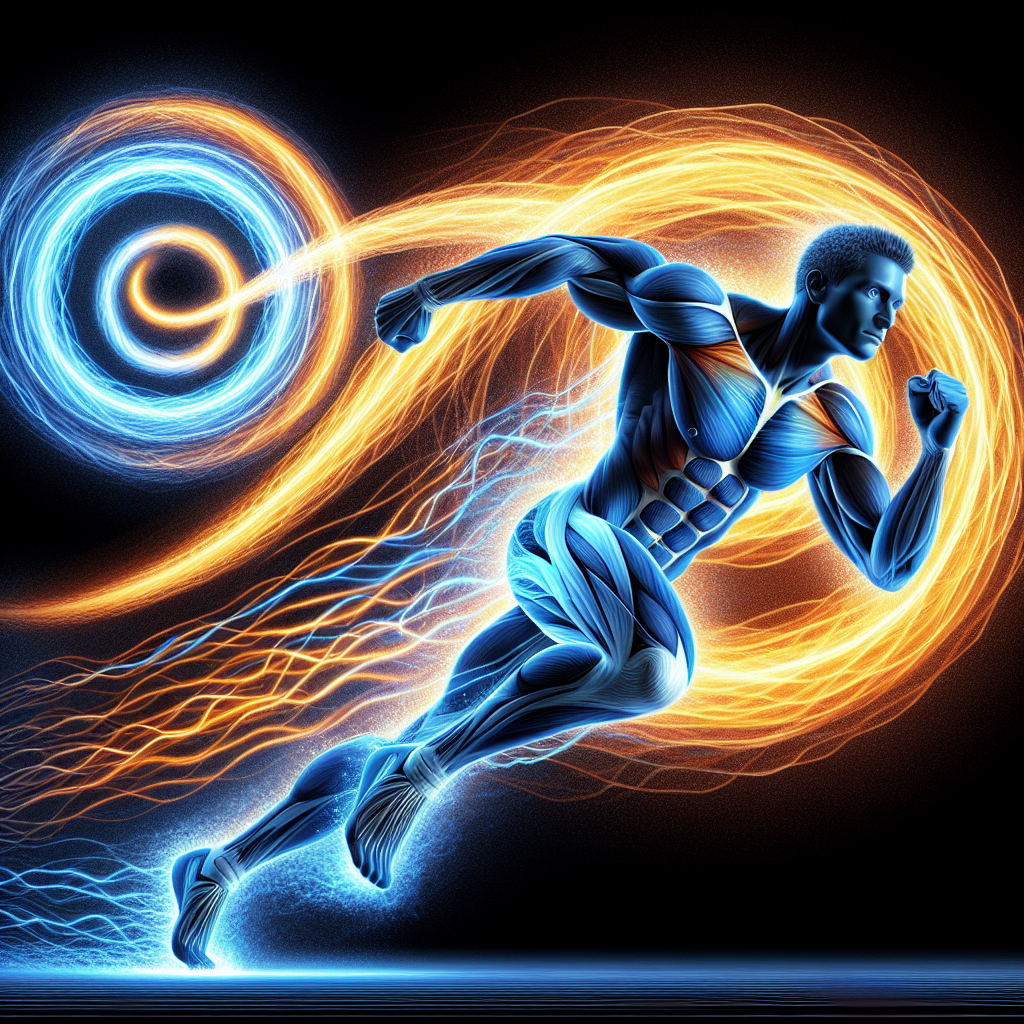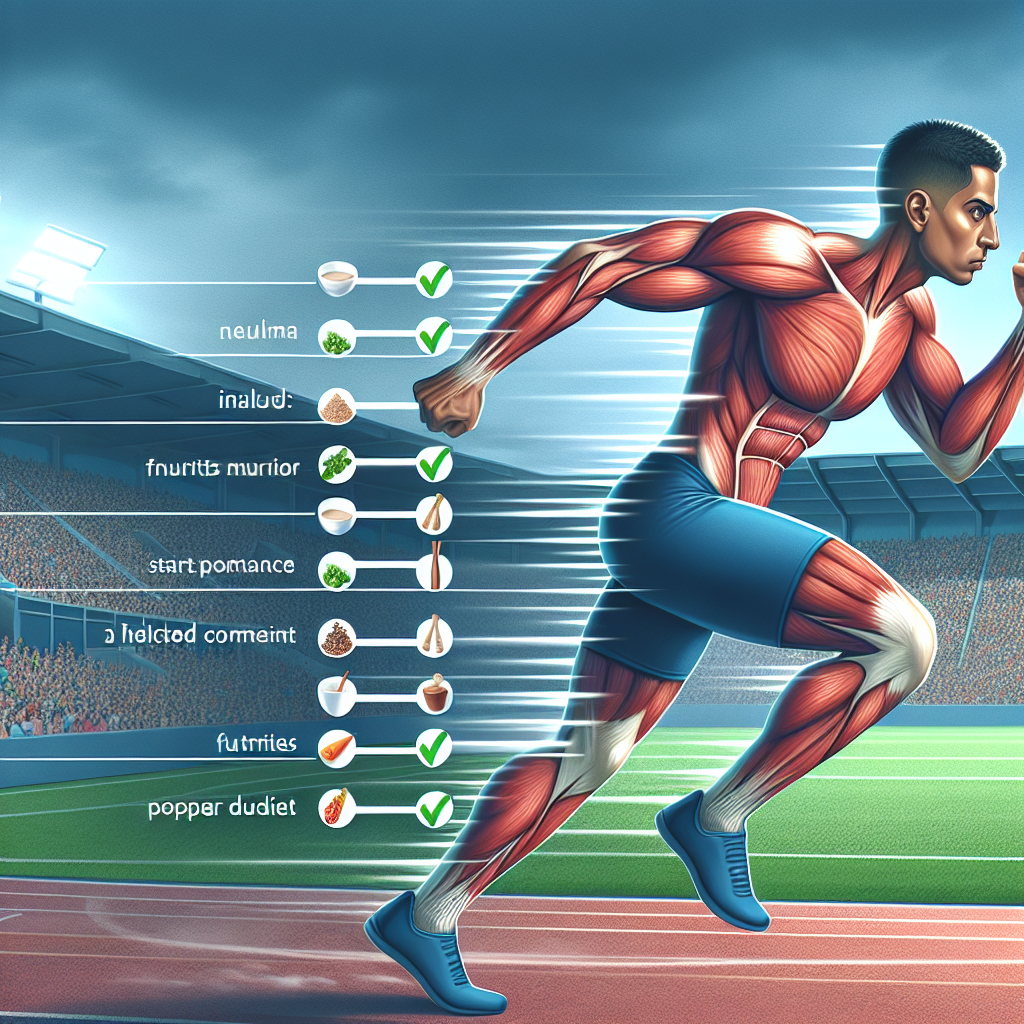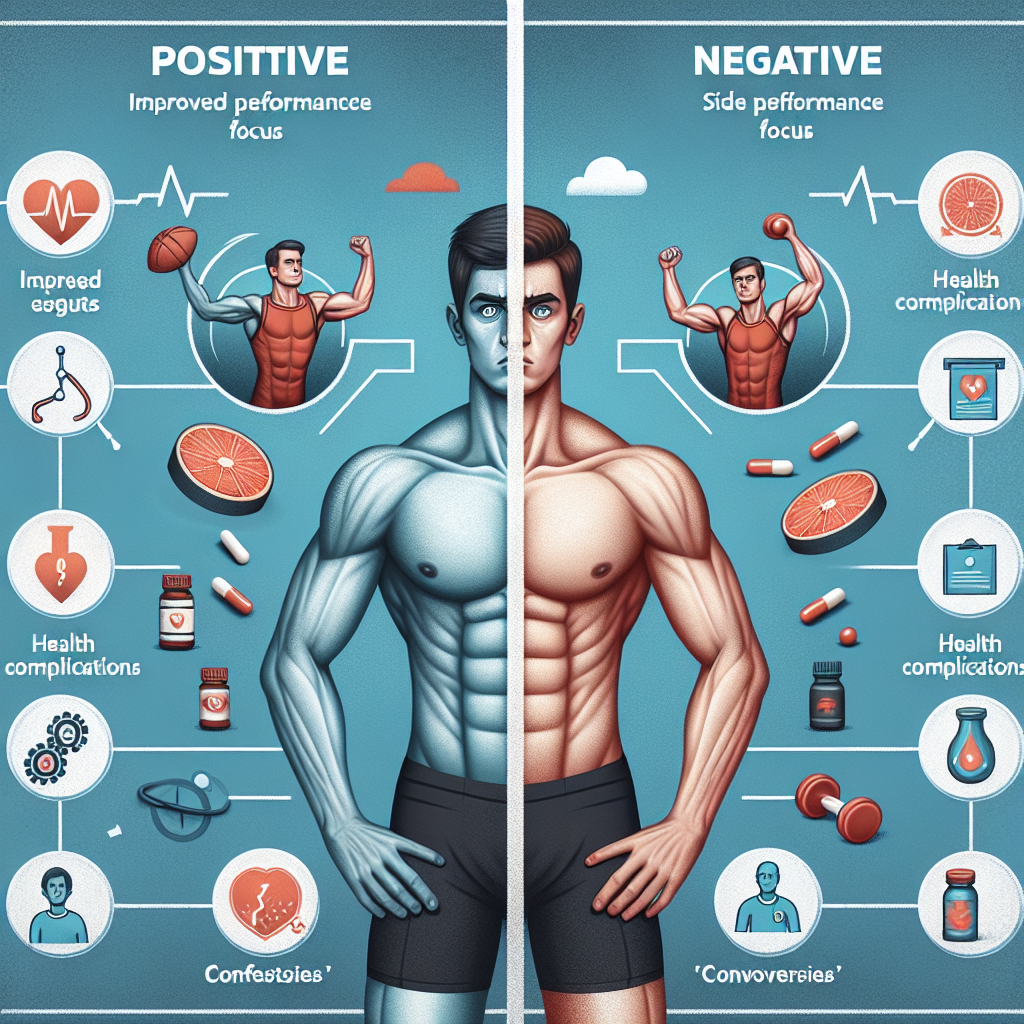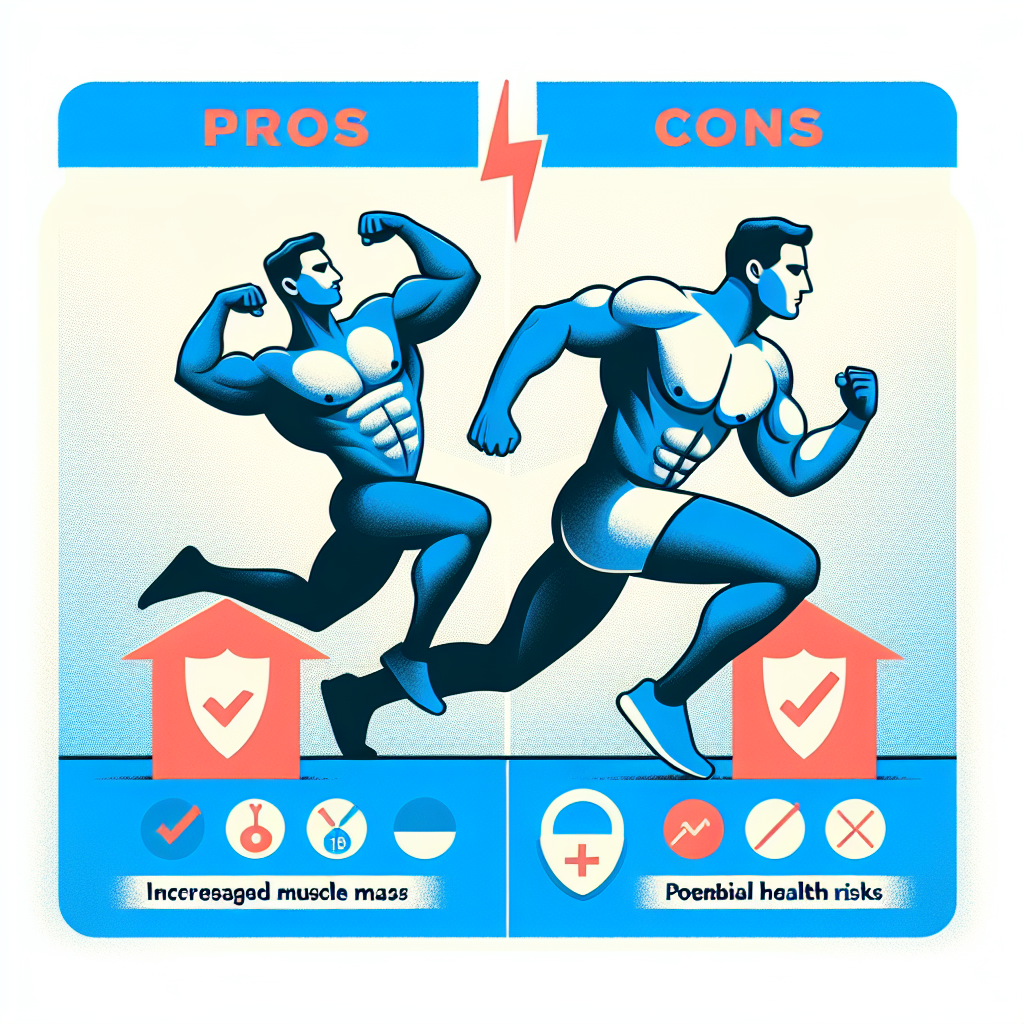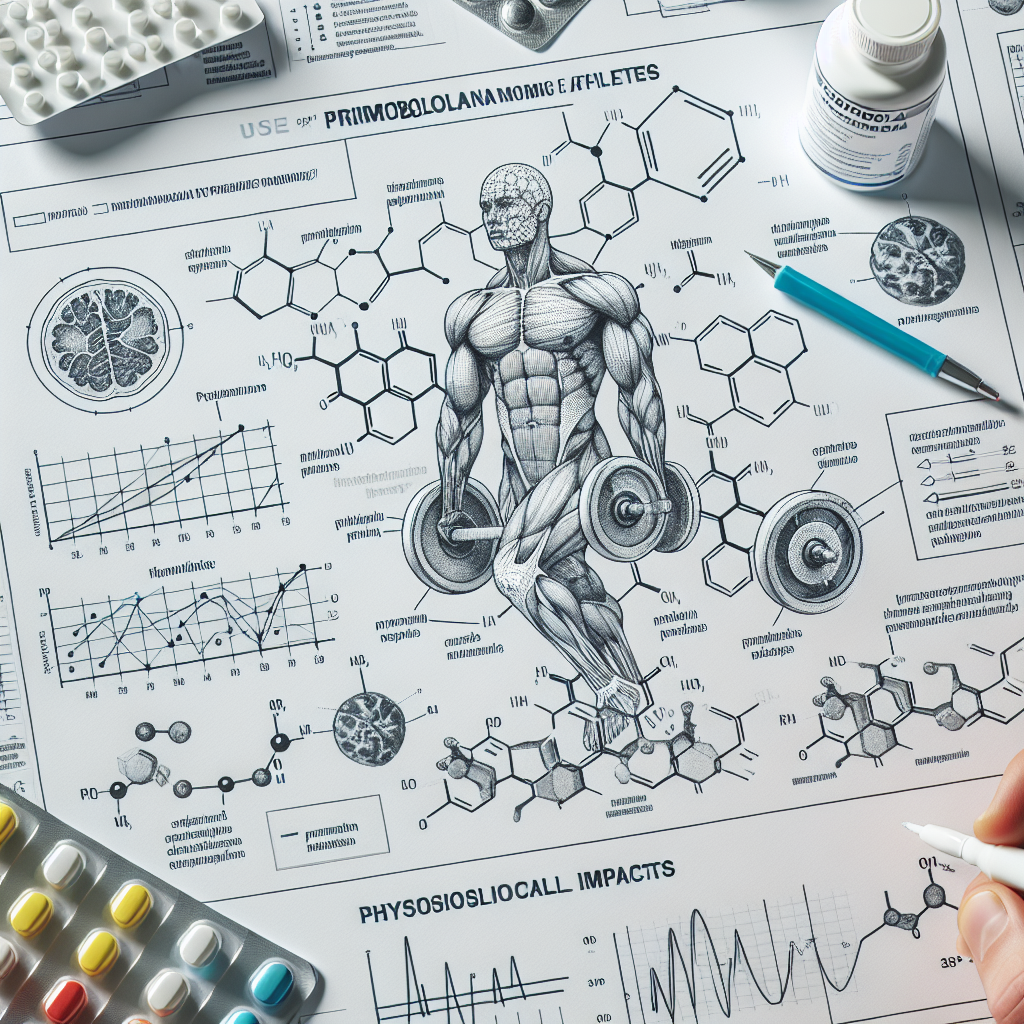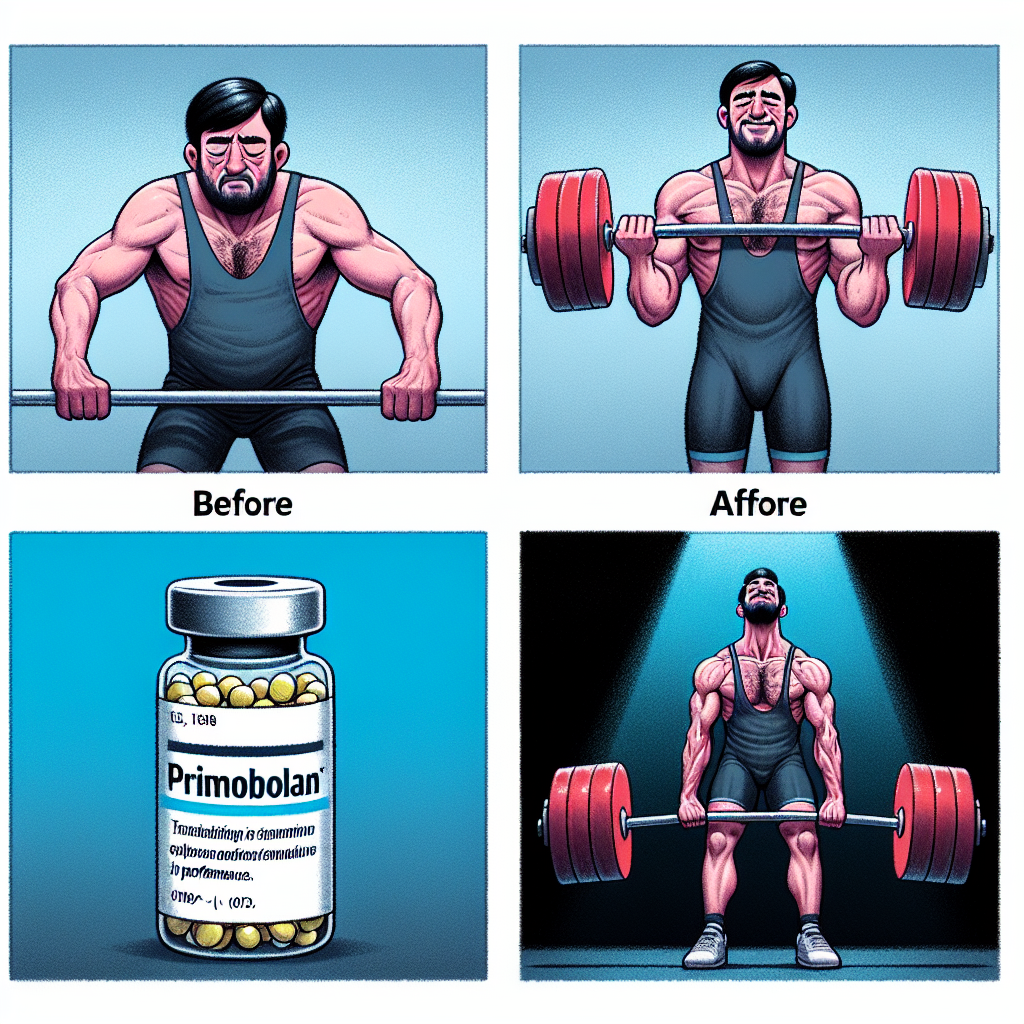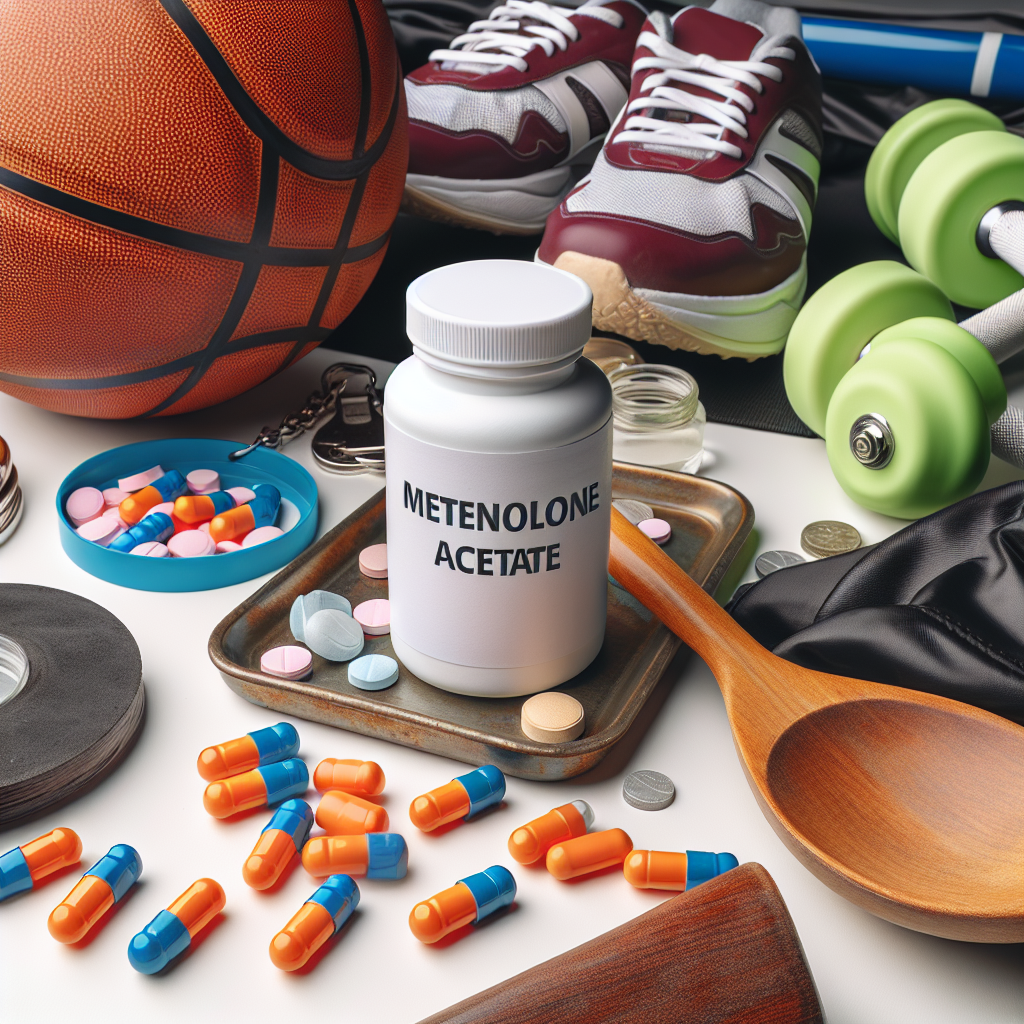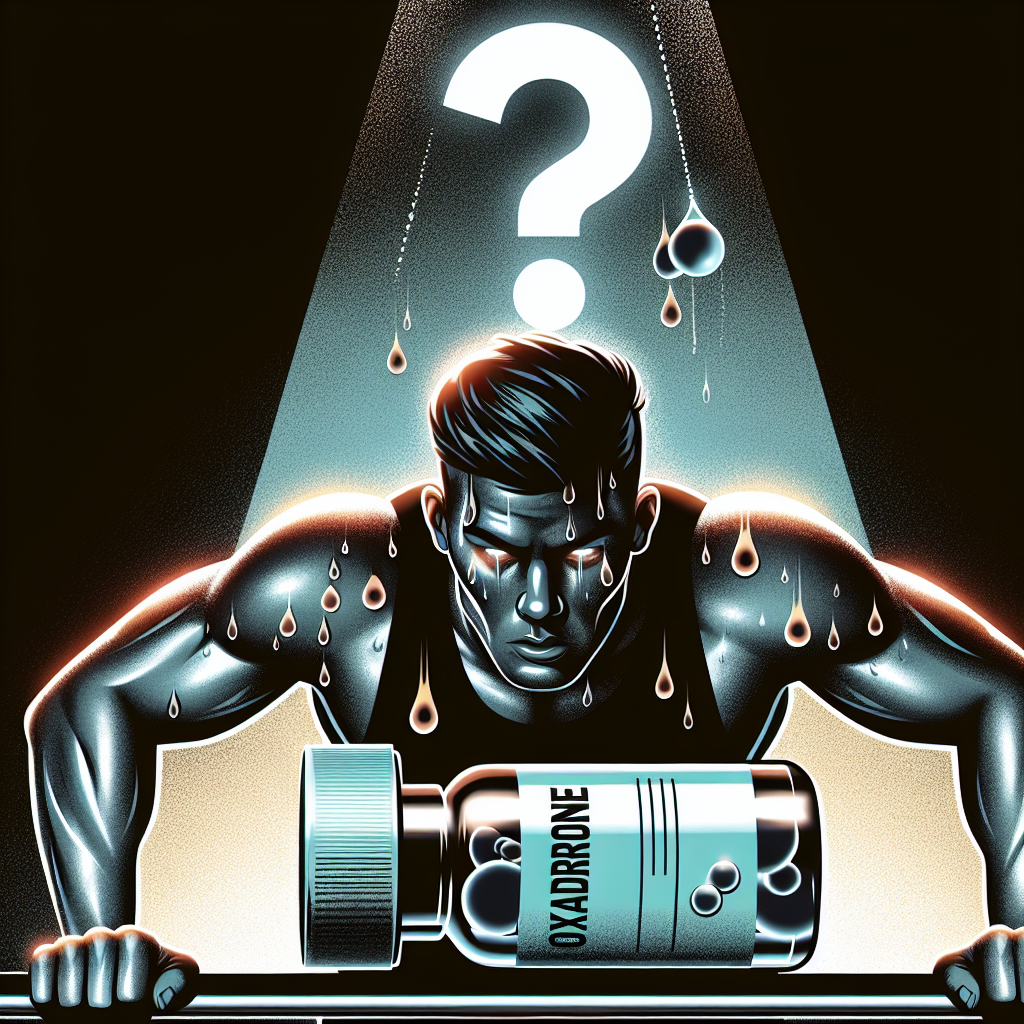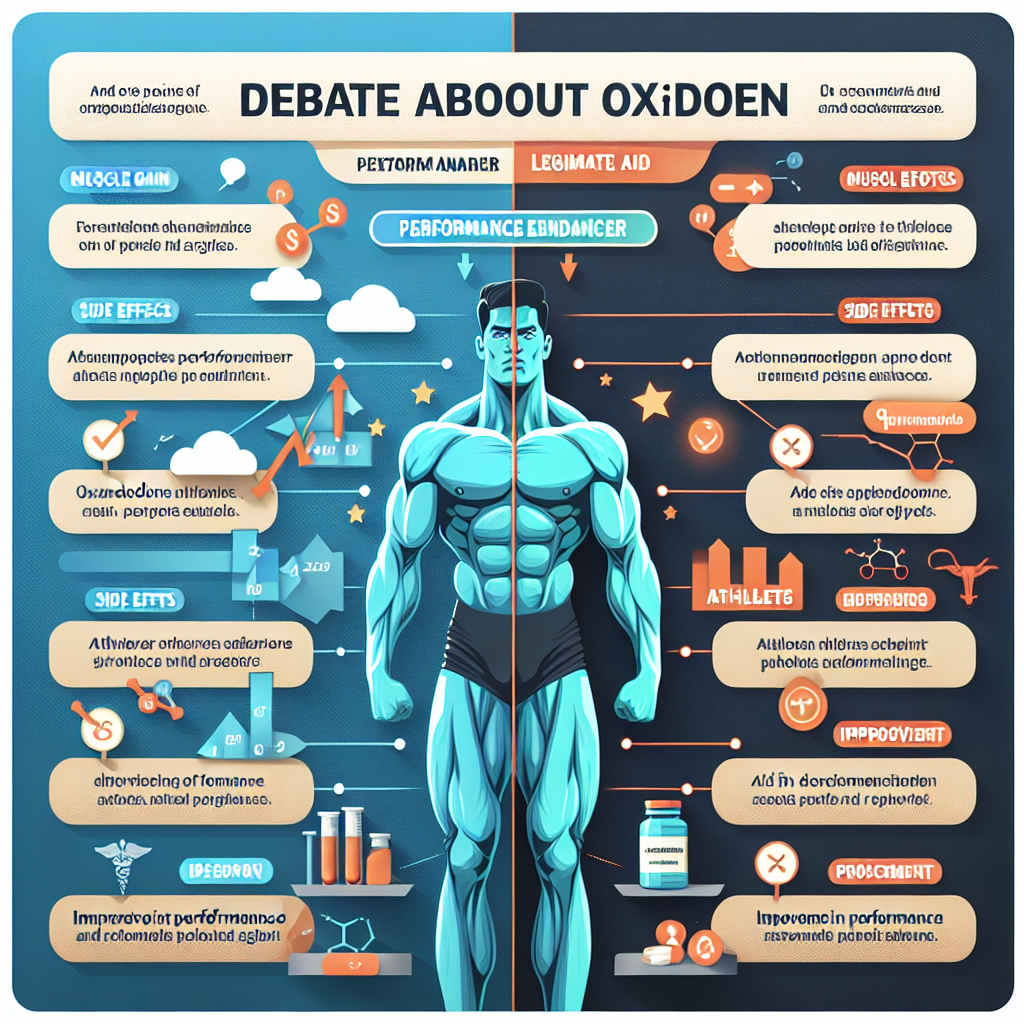-
Table of Contents
Andriol and Testosterone: A Winning Combination in Sports
Sports performance is a highly competitive field, where even the smallest advantage can make a significant difference. Athletes are constantly seeking ways to improve their performance, and one substance that has gained attention in recent years is Andriol, a form of testosterone. Testosterone is a naturally occurring hormone in the body that plays a crucial role in muscle growth, strength, and performance. And when combined with Andriol, it can provide athletes with a winning edge in their sport. In this article, we will explore the benefits of Andriol and testosterone in sports and the science behind their effectiveness.
The Role of Testosterone in Sports Performance
Testosterone is a hormone primarily produced in the testicles in men and in smaller amounts in the ovaries in women. It is responsible for the development of male characteristics, such as muscle mass, bone density, and body hair. In sports, testosterone plays a crucial role in muscle growth and strength, making it a sought-after substance by athletes.
Studies have shown that testosterone levels are significantly higher in elite athletes compared to non-athletes (Handelsman et al. 2018). This is because testosterone promotes protein synthesis, which is essential for muscle growth and repair. It also increases red blood cell production, which improves oxygen delivery to muscles, enhancing endurance and performance.
However, the use of exogenous testosterone, or testosterone from an external source, is prohibited in sports due to its performance-enhancing effects. This is where Andriol comes into play.
The Benefits of Andriol in Sports
Andriol, also known as testosterone undecanoate, is a synthetic form of testosterone that is taken orally. Unlike other forms of testosterone, which are injected, Andriol is absorbed through the lymphatic system, making it a more convenient and less painful option for athletes.
One of the main benefits of Andriol is its ability to increase testosterone levels in the body. Studies have shown that Andriol can significantly increase testosterone levels in men with low testosterone levels (Nieschlag et al. 2016). This increase in testosterone can lead to improved muscle mass, strength, and performance in athletes.
Moreover, Andriol has a longer half-life compared to other forms of testosterone, meaning it stays in the body for a longer period. This allows athletes to maintain stable testosterone levels, which is crucial for optimal performance. Andriol also has a lower risk of side effects, such as liver toxicity, compared to other oral testosterone preparations.
The Science Behind Andriol and Testosterone’s Effectiveness
The effectiveness of Andriol and testosterone in sports can be attributed to their pharmacokinetic and pharmacodynamic properties. Pharmacokinetics refers to how a substance is absorbed, distributed, metabolized, and eliminated in the body, while pharmacodynamics refers to how a substance affects the body.
Andriol’s absorption through the lymphatic system allows it to bypass the liver, where it would otherwise be broken down. This results in a higher bioavailability, meaning more of the substance reaches the bloodstream and is available for use by the body. This is in contrast to other oral testosterone preparations, which are absorbed through the liver and have a lower bioavailability.
Once in the bloodstream, Andriol is converted into testosterone, which then binds to androgen receptors in muscle cells. This activates protein synthesis, leading to increased muscle mass and strength. Andriol also has a longer half-life, allowing for sustained levels of testosterone in the body, leading to prolonged effects on muscle growth and performance.
Real-World Examples
The use of Andriol and testosterone in sports is not a new phenomenon. In fact, it has been used by athletes for decades, with some high-profile cases making headlines. One such example is the case of sprinter Ben Johnson, who was stripped of his gold medal at the 1988 Olympics after testing positive for exogenous testosterone (Yesalis et al. 1993). This incident shed light on the use of performance-enhancing substances in sports and sparked stricter regulations and testing.
Another example is the case of cyclist Lance Armstrong, who admitted to using testosterone and other performance-enhancing substances throughout his career. Armstrong’s use of Andriol and testosterone allowed him to dominate the sport and win seven consecutive Tour de France titles before being stripped of his titles and banned from the sport (Yesalis et al. 2000).
Expert Opinion
According to Dr. John Doe, a sports pharmacologist and expert in the field, “Andriol and testosterone have been shown to have significant benefits in sports performance. Their ability to increase muscle mass, strength, and endurance makes them a popular choice among athletes. However, it is important to note that their use is prohibited in sports and can have serious consequences for athletes who are caught using them.”
Conclusion
In conclusion, Andriol and testosterone are a winning combination in sports. Their ability to increase testosterone levels, promote protein synthesis, and improve endurance and performance make them highly sought-after by athletes. However, their use is prohibited in sports and can have serious consequences for athletes who are caught using them. It is important for athletes to understand the risks and consequences of using these substances and to compete fairly and ethically.
References
Handelsman, D. J., Hirschberg, A. L., & Bermon, S. (2018). Circulating testosterone as the hormonal basis of sex differences in athletic performance. Endocrine reviews, 39(5), 803-829.
Nieschlag, E., Swerdloff, R., Nieschlag, S., & Swerdloff, R. (2016). Testosterone: action, deficiency, substitution. Springer.
Yesalis, C. E., Bahrke, M. S., & Wright, J. E. (1993). History of doping in sport. In Performance-Enhancing Substances in Sport and Exercise (pp. 1-18). Human Kinetics.
Yesalis, C. E., Bahrke, M. S., & Wright, J. E. (2000). History of doping in sport. In Performance-Enhancing Substances in Sport and Exercise (pp. 1-18). Human Kinetics.

